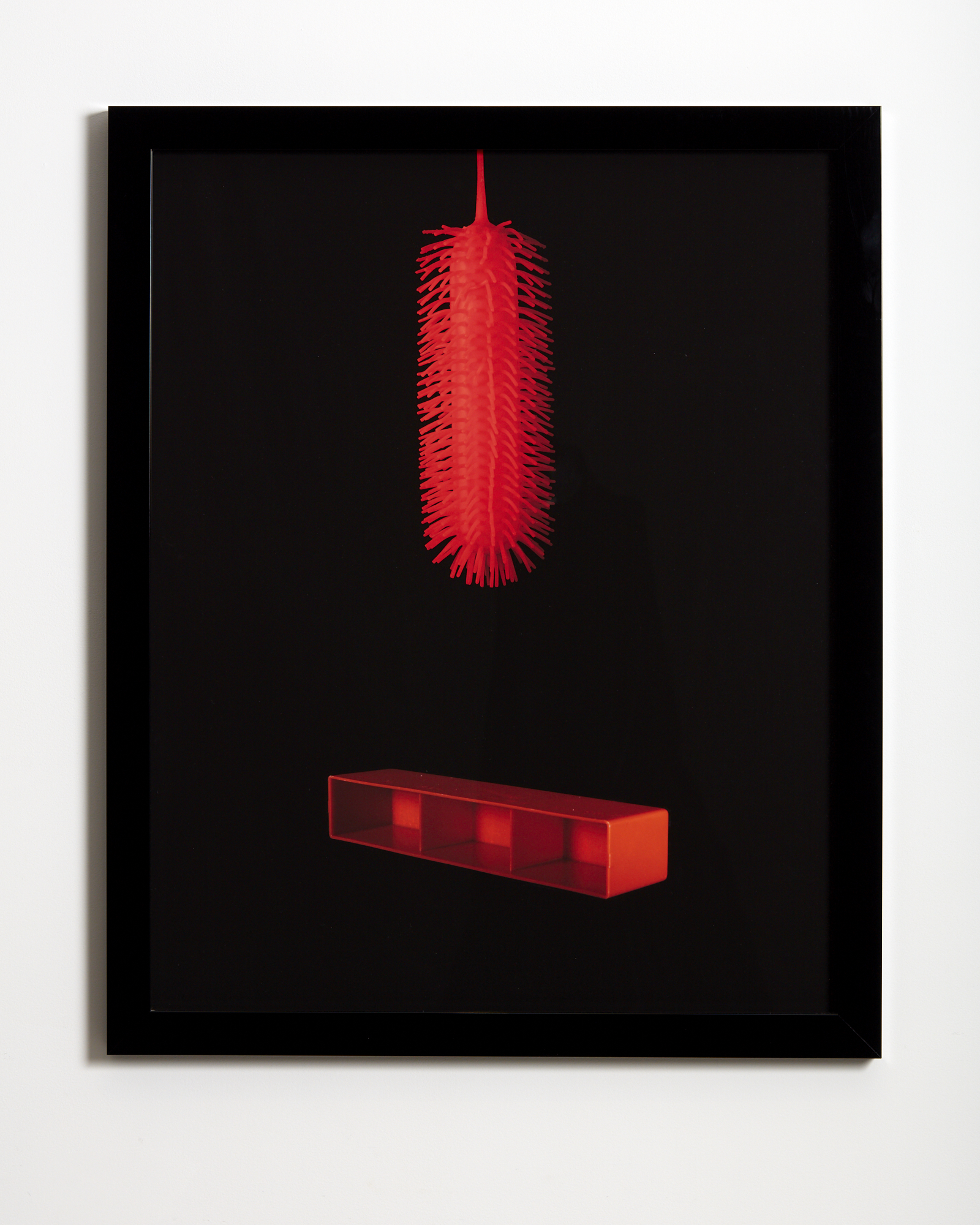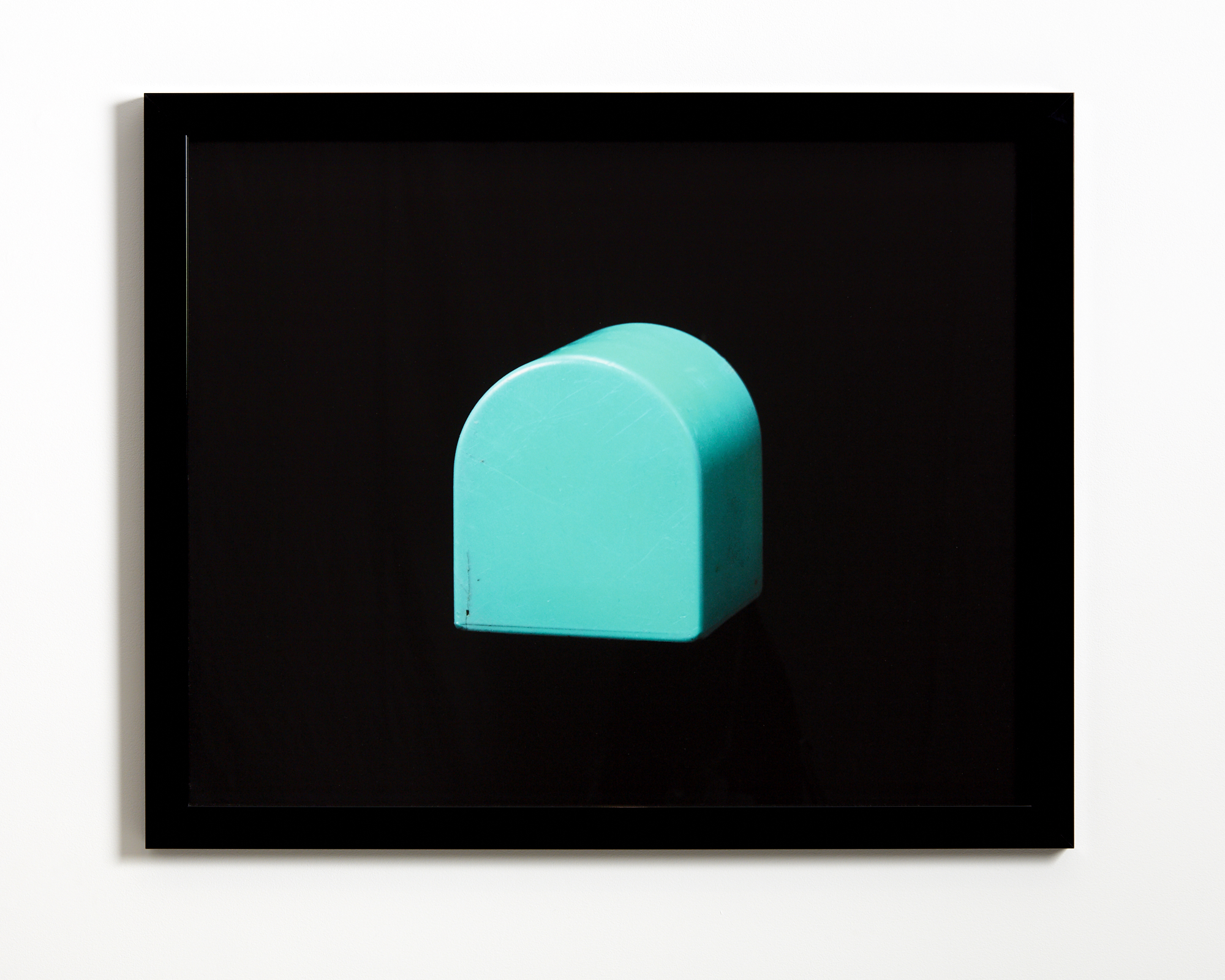Greta Anderson & Shaun Waugh reviewed - Sept 2018
No Hoarding & A Second Look
Greta Anderson & Shaun Waugh
Two Rooms Gallery, Auckland
17 August - 15 September 2018
Reviewed by Nina Seja for PhotoForum, 17 September 2018
“The era of cheap energy is coming to an end.”[1] This claim has moved from the peripheries to the center, most directly in the starkly titled Governance of Economic Transition. This report – released in August 2018 – was prepared by a group of Finnish scientists who were invited to produce a document in support of the UN Global Sustainable Development Report 2019. The esteemed group succinctly describes the impending paradigm shift, with an emergent ecological economics. They argue the “entire energy infrastructure needs to be transformed.”[2] The authors insist, “Good quality, easily available fossil fuels have powered the industrialization of nations worldwide.”[3] The abundance of a consumer lifestyle in developed nations, they argue, is premised on citizens accepting a lower level of consumption.
In this transition, what will remain of unbridled purchasing power? It’s difficult, in 2018 and in light of the scientists’ propositions, to think about the innocence of childhood. There’s too much evidence now of the impact of excesses: cheap, disposal items discarded after a few moments of entertainment – flights of fancy, no longer of interest. It is difficult to see Greta Anderson’s exhibition, No Hoarding, at Two Rooms gallery, without this background of pending change. What will remain of these discarded objects? Anderson approaches this same question in her collection of photographs. The large-scale, sometimes singular, sometimes grouped, items allow one to ponder the materiality of the objects. Their size calls up microscopic images of bacteria, and I’m left with the same revulsion, same fascination. The bold palettes of primary colors only emphasize their artificial quality, with the exception of Artifacts 1 Agfa slides toy (2018), which is simultaneously synthetic and biological. I can’t linger too long in front of it because it reminds me of those science programs that use black lights or high-powered microscopes to illuminate the creatures crawling on every surface.
While the scale of the images, set against a black backdrop, are captivating in their presence, their impact also starts to magnify when one realizes that these are individual objects in among an infinite many, currently on store shelves, in homes, or in landfill and the ocean. The “mathematical sublime” is at work here: a challenge, for the human mind and sight, “to take in great magnitudes – to feel their sublime terror – [which] is ultimately an aesthetic act and one which depends on gaining the right distance from the subject.”[4] There is an accompanying horror and anxiety to this sublime, one that is becoming increasingly pervasive in our time of the Anthropocene. The extraordinary nature of this era is indicated by the solidity of the items, as in Artifacts 6 Rattles (2018) and Knot (2018). Just how long will these take to biodegrade? Certainly longer than us – the remnants, the show’s notes remind, are “miniature monuments to human hubris.” It’s an evocative thought – a recipe for hubris composed of toxic dyes and PVC.
At the center of the show are uneasy contradictions. No Hoarding, the show’s title, is in conflict with the disposability and wantonness of consumption. This excess is transfigured and reimagined as possible museum artifacts in the future. Like an anthropologist, Anderson selects items related to that which may be of interest to museum attendees of another time: childhood, the wealthy, the arts.
Work that uncomfortably plucks at the viewer, calling them to engage on a more solemn level, extends to Shaun Waugh’s show upstairs: A Second Look. It’s a great pairing, and the two shows complement each other in the current epoch we find ourselves in: the nexus of the environmental and technological. Waugh’s work was recently featured in the landmark Govett-Brewster Art Gallery show Emanations: The Art of the Cameraless Photograph. There, Waugh playfully presented 24 repurposed Agfa boxes, which originally housed photographic paper. ΔE2000 1.1 (2014) was a contemplation of the analogue displaced by the technological. In his Two Rooms outing, A Second Look, the displacement is a fait accompli. The show’s name literally asks the viewer to engage and re-enage with the image. Research by Lisa F. Smith and Jeffrey K. Smith has shown that the mean time people spend looking at art is 28.63 seconds.[5]. Waugh encourages the viewer to shift from such a brief dalliance to one more sustained.
It’s difficult, though, because, like Anderson’s, the photographs are scratchy to the eyes. Waugh has foregrounded the processes of image-making in a digital era. The warmth and intimacy of analogue photography have been supplanted by the cool intellectualism of high tech form. Using post-production methods, Waugh denaturalizes the act of looking. Many of these are, Waugh suggests, still life. The question of whether the technological can be framed through physiological, biological terms is another pertinent one. In Waugh’s still lives, bubbles float in canister-like shapes. Thick lines ladder up the frame.
In both Waugh and Anderson’s bodies of work, I’m left contemplating not only what I’ve seen but also what I’ve felt. The imprint they’ve left is plasticky and staticky. What the future looks like is also accompanied by a clear phenomenon: the sensory, the phenomenological.
Nina Seja is a writer, academic, and curator. She received her PhD from New York University and wrote the landmark book PhotoForum at 40: Counterculture, Clusters, and Debate in New Zealand (Rim Books, 2014).
[1] Paavo Järvensivu et al., Governance of Economic Transition (August 14, 2018), Helsinki, Finland: BIOS, https://bios.fi/bios-governance_of_economic_transition.pdf, 1.
[2] Ibid., 2.
[3] Ibid.
[4] Thomas Laqueur, “The Sound of Voices Intoning Names,” London Review of Books 19, no. 11 (June 5, 1997): 3–8, http://www.lrb.co.uk/v19/n11/thomas-laqueur/the-sound-of-voices-intoning-names.
[5] Isaac Kaplan, “How Long Do People Really Spend Looking at Art in Museums?”, Artsy (November 7, 2017), https://www.artsy.net/article/artsy-editorial-long-people-spend-art-museums.






